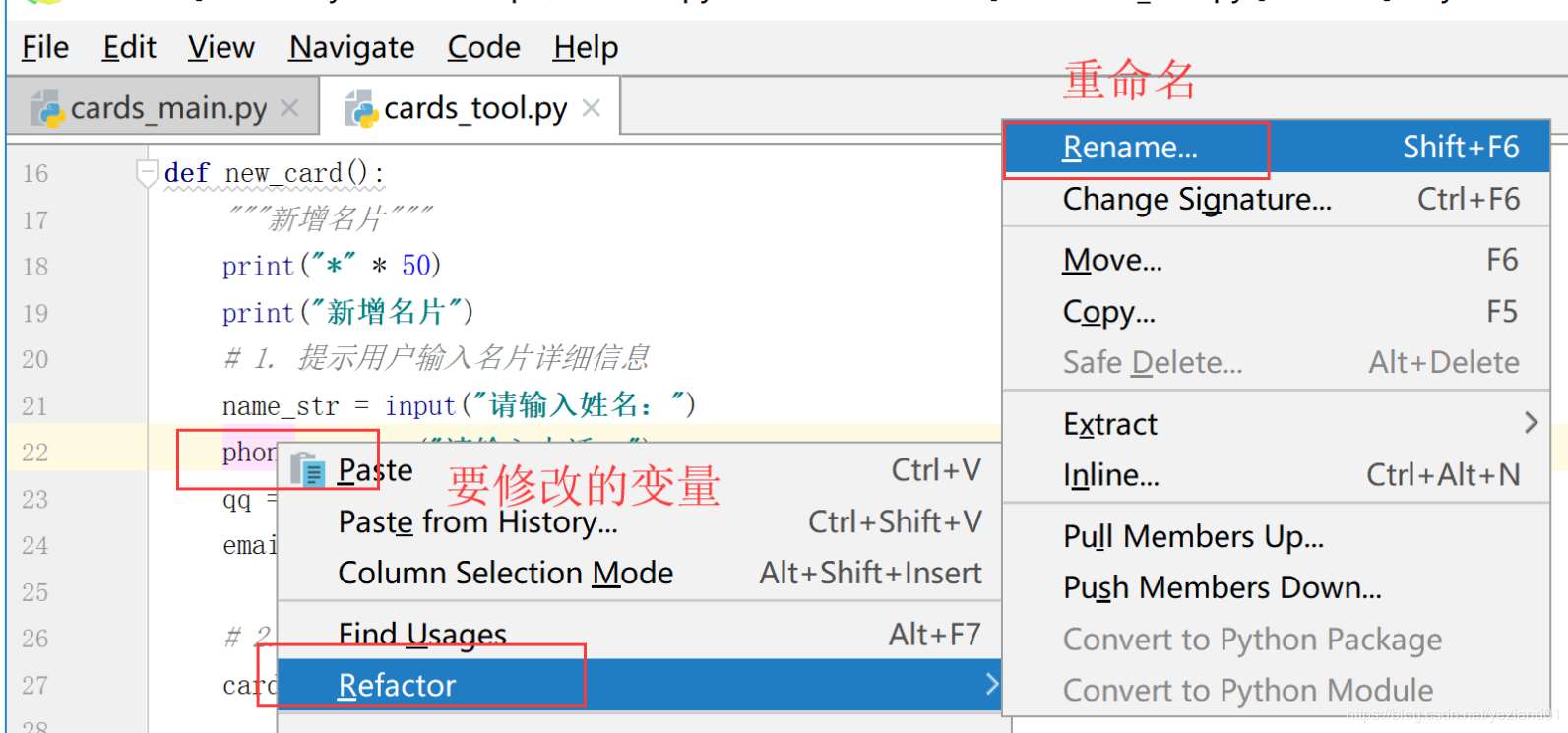python实现将英文单词表示的数字转换成阿拉伯数字的方法
本文实例讲述了python实现将英文单词表示的数字转换成阿拉伯数字的方法。分享给大家供大家参考。具体实现方法如下:
import re
_known = {
'zero': 0,
'one': 1,
'two': 2,
'three': 3,
'four': 4,
'five': 5,
'six': 6,
'seven': 7,
'eight': 8,
'nine': 9,
'ten': 10,
'eleven': 11,
'twelve': 12,
'thirteen': 13,
'fourteen': 14,
'fifteen': 15,
'sixteen': 16,
'seventeen': 17,
'eighteen': 18,
'nineteen': 19,
'twenty': 20,
'thirty': 30,
'forty': 40,
'fifty': 50,
'sixty': 60,
'seventy': 70,
'eighty': 80,
'ninety': 90
}
def spoken_word_to_number(n):
"""Assume n is a positive integer".
assert _positive_integer_number('nine hundred') == 900
assert spoken_word_to_number('one hundred') == 100
assert spoken_word_to_number('eleven') == 11
assert spoken_word_to_number('twenty two') == 22
assert spoken_word_to_number('thirty-two') == 32
assert spoken_word_to_number('forty two') == 42
assert spoken_word_to_number('two hundred thirty two') == 232
assert spoken_word_to_number('two thirty two') == 232
assert spoken_word_to_number('nineteen hundred eighty nine') == 1989
assert spoken_word_to_number('nineteen eighty nine') == 1989
assert spoken_word_to_number('one thousand nine hundred and eighty nine') == 1989
assert spoken_word_to_number('nine eighty') == 980
assert spoken_word_to_number('nine two') == 92 # wont be able to convert this one
assert spoken_word_to_number('nine thousand nine hundred') == 9900
assert spoken_word_to_number('one thousand nine hundred one') == 1901
"""
n = n.lower().strip()
if n in _known:
return _known[n]
else:
inputWordArr = re.split('[ -]', n)
assert len(inputWordArr) > 1 #all single words are known
#Check the pathological case where hundred is at the end or thousand is at end
if inputWordArr[-1] == 'hundred':
inputWordArr.append('zero')
inputWordArr.append('zero')
if inputWordArr[-1] == 'thousand':
inputWordArr.append('zero')
inputWordArr.append('zero')
inputWordArr.append('zero')
if inputWordArr[0] == 'hundred':
inputWordArr.insert(0, 'one')
if inputWordArr[0] == 'thousand':
inputWordArr.insert(0, 'one')
inputWordArr = [word for word in inputWordArr if word not in ['and', 'minus', 'negative']]
currentPosition = 'unit'
prevPosition = None
output = 0
for word in reversed(inputWordArr):
if currentPosition == 'unit':
number = _known[word]
output += number
if number > 9:
currentPosition = 'hundred'
else:
currentPosition = 'ten'
elif currentPosition == 'ten':
if word != 'hundred':
number = _known[word]
if number < 10:
output += number*10
else:
output += number
#else: nothing special
currentPosition = 'hundred'
elif currentPosition == 'hundred':
if word not in [ 'hundred', 'thousand']:
number = _known[word]
output += number*100
currentPosition = 'thousand'
elif word == 'thousand':
currentPosition = 'thousand'
else:
currentPosition = 'hundred'
elif currentPosition == 'thousand':
assert word != 'hundred'
if word != 'thousand':
number = _known[word]
output += number*1000
else:
assert "Can't be here" == None
return(output)
希望本文所述对大家的Python程序设计有所帮助。

